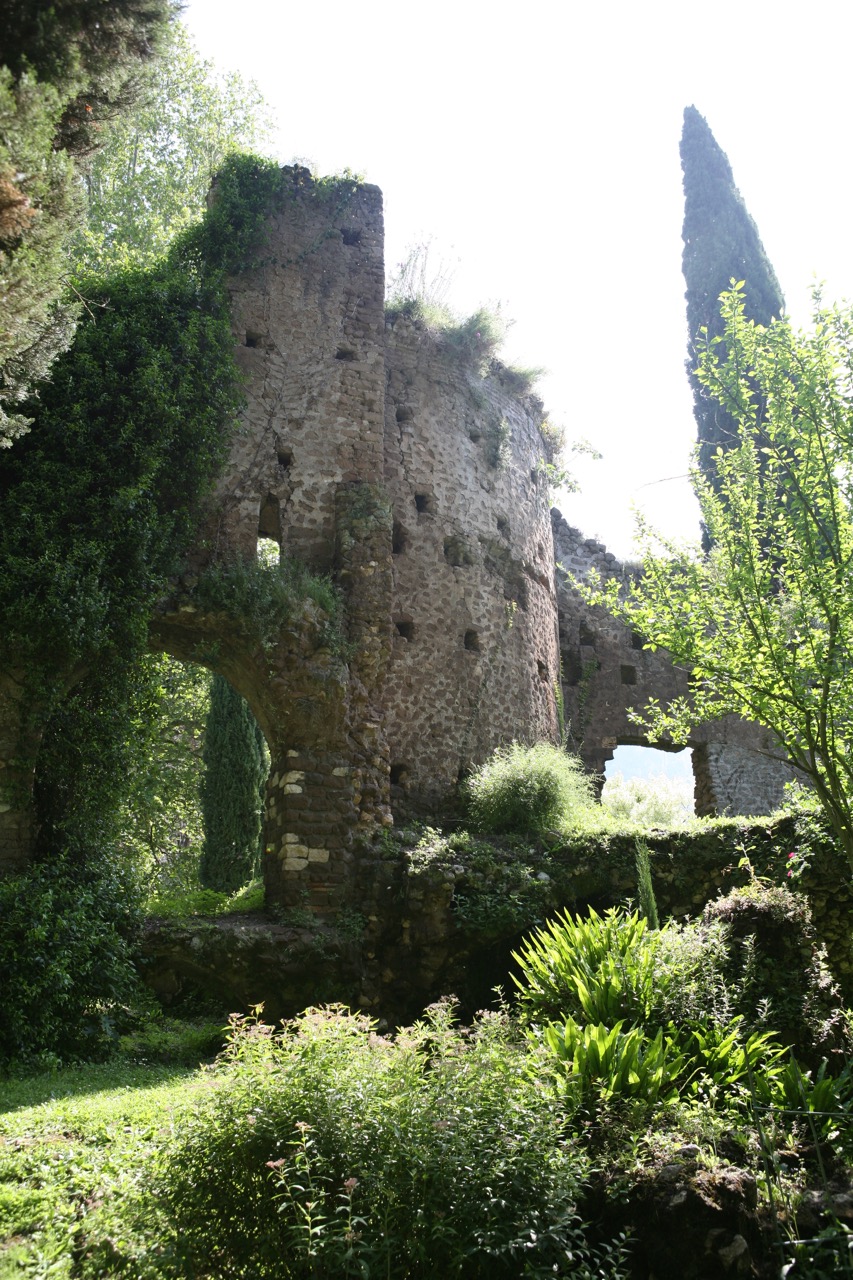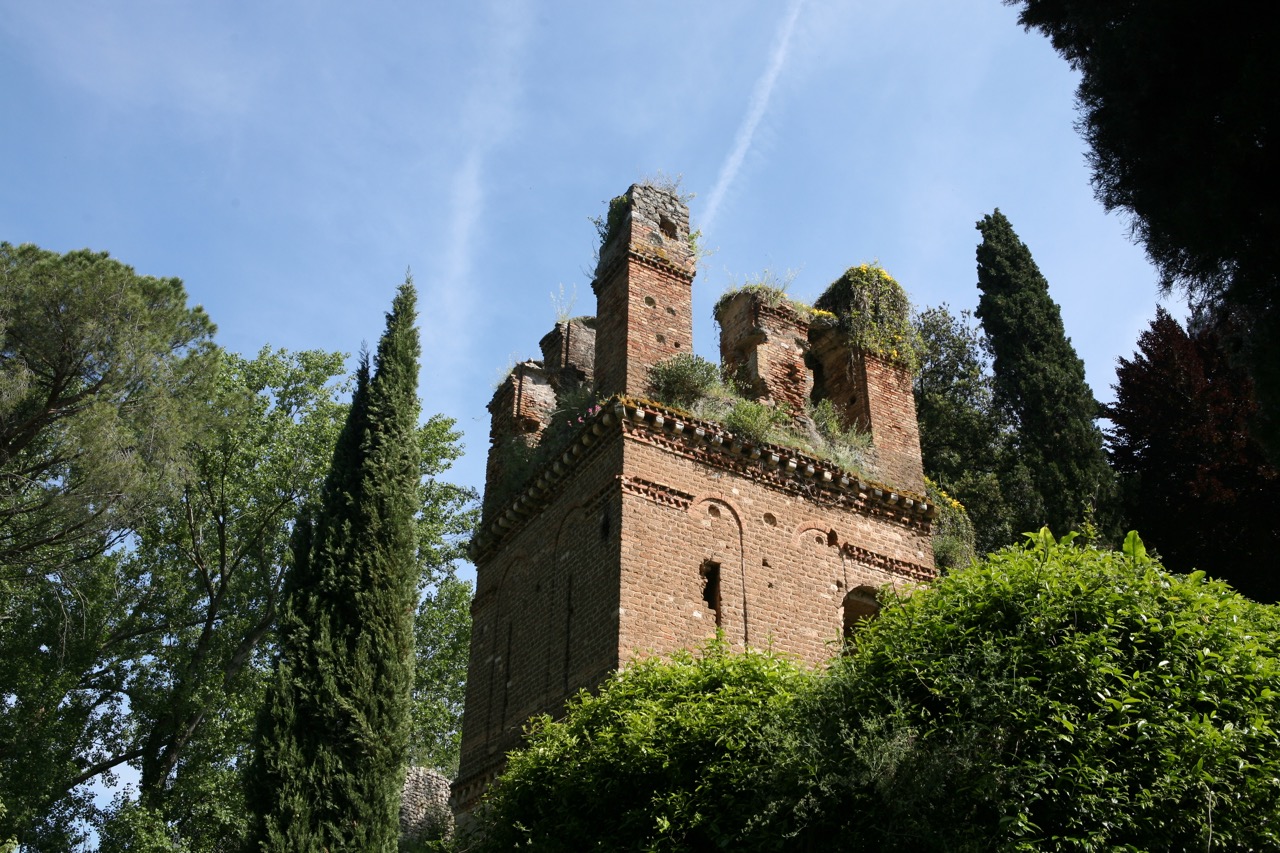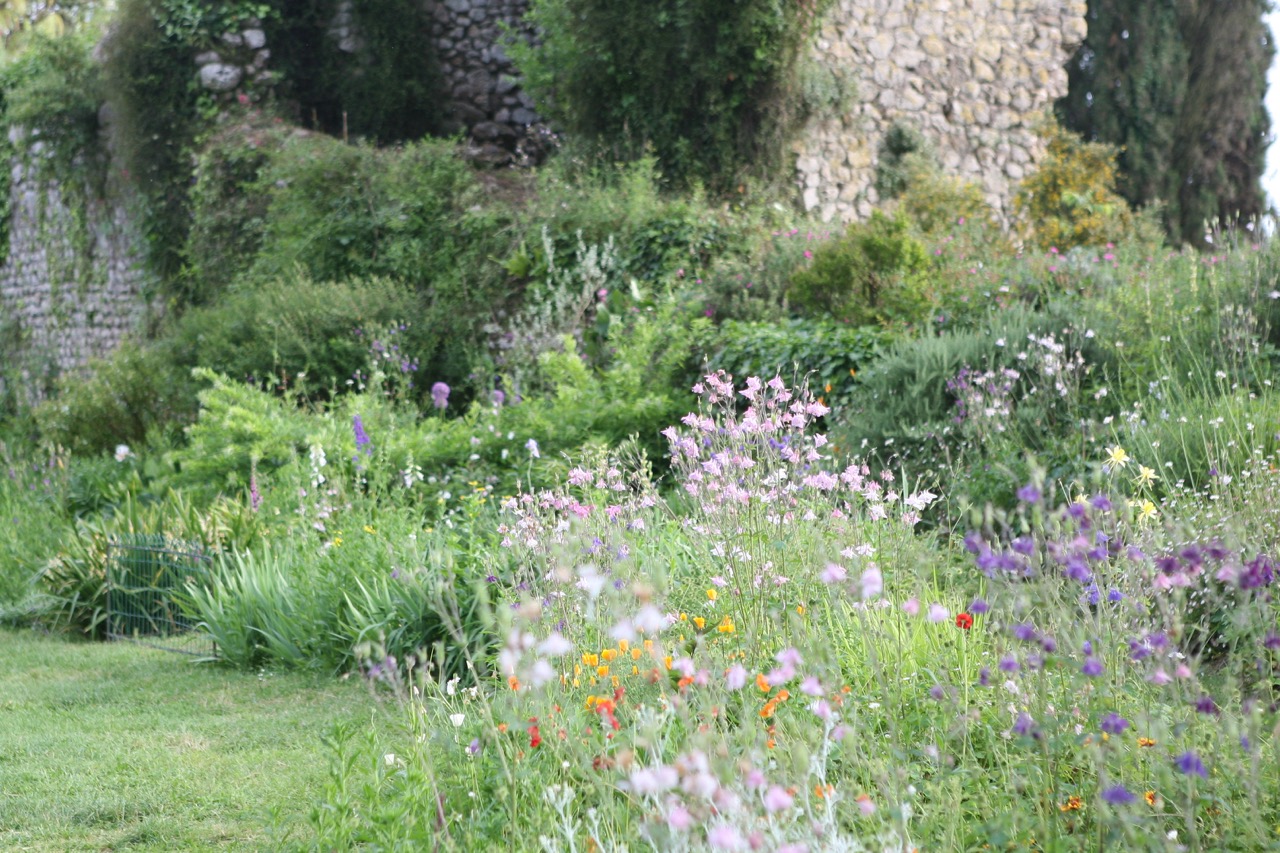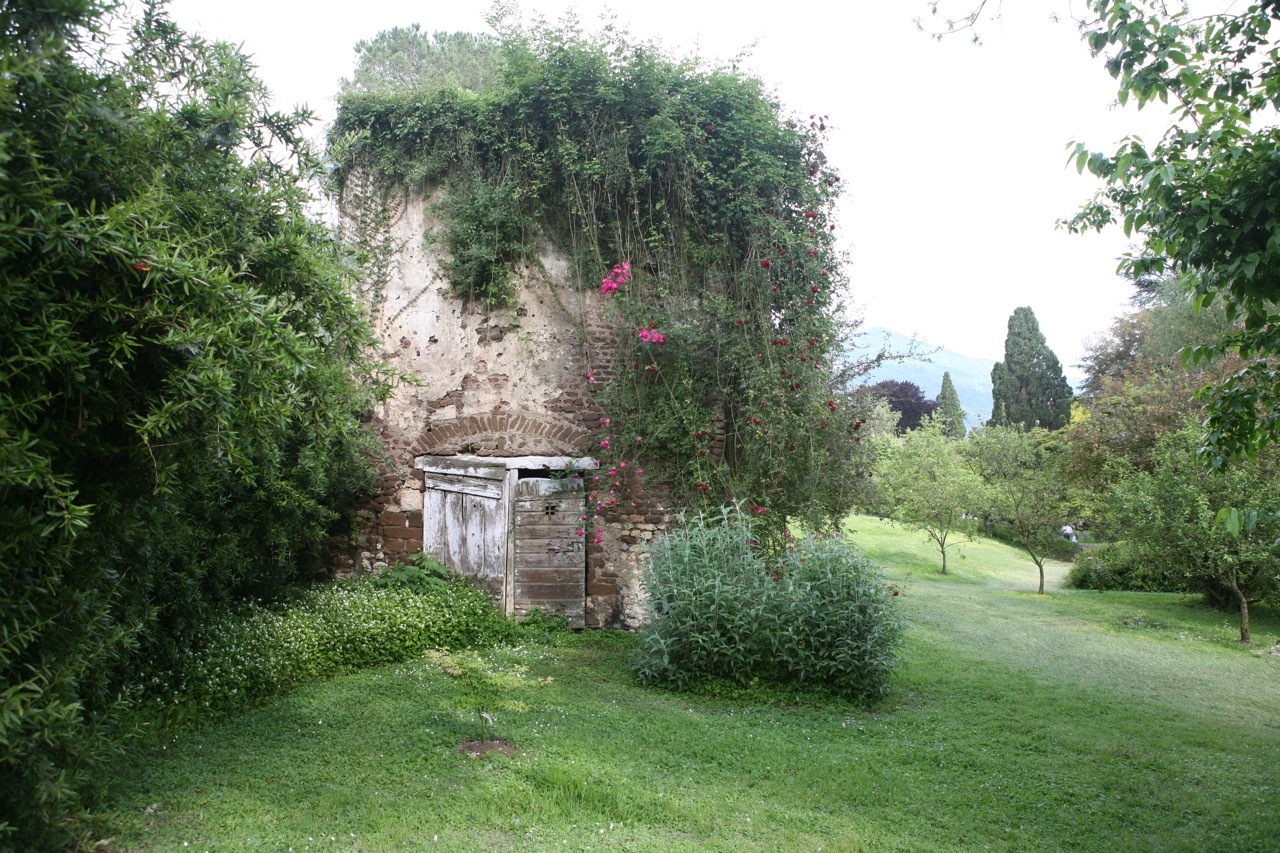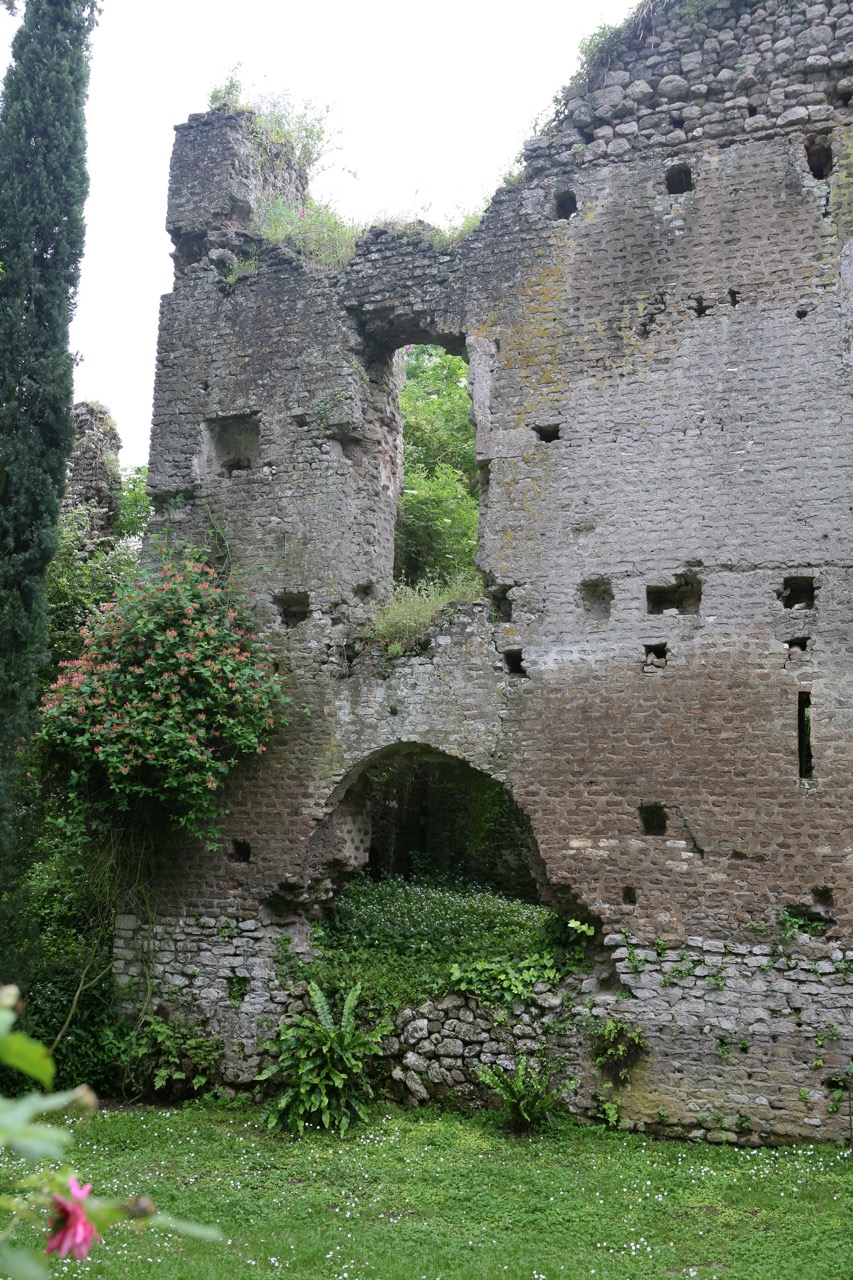Do you have a favorite romantic garden?
For many people, the answer to that question is the Garden of Ninfa. (Definitely, one of my favorite.)
Thomas Girtin's (1775–1802) Melrose Abbey. "Girtin was not so much interested in architectural detail as in the spirit of the place, atmospheric effects, and interpretative touches that might evoke emotion or set a mood." Source: The Morgan Library
This got me wondering, what is a romantic garden? “Scenic vistas, winding paths, bucolic meadows, and rustic retreats suitable for solitary contemplation are just a few of the alluring naturalistic features of gardens created in the Romantic spirit. Landscape designers of the Romantic era sought to express the inherent beauty of nature in opposition to the strictly symmetrical, formal gardens favored by aristocrats of the old regime,” explains The Morgan Library’s Exhibition Notes from Romantic Gardens: Nature, Art, and Landscape Design.
Architecture in the romantic garden complements this natural approach. Examples of structures include temples, ruins, and bridges. These create focal points that complete a scene, and destinations that provide shelter. Buildings give the romantic garden its power – by providing a formal contrast to unconstrained nature. Learn more about picturesque gardens here.
Ninfa has it all: stunning topography and breathtaking ruins.
The river Ninfa flows along the southern border of the garden. Bridges connect to the broader preserve land.
Ninfa sits on several natural springs that flow into the river Ninfa. Described by the historian Ferdinand Gregorovius in the 1880’s as the ‘Pompeii of the Middle Ages,’ the town was a vibrant stopping point for travelers on their way from Rome to Naples. This rare intact medieval town still includes a castle, town hall, several churches, and walls. As seen in the photos above, these ruins guide visitors through the landscape.
The garden we see today represents the works of the Caetani family, particularly master gardener, Marguerite Chapin Caetani (1880–1963) . After having been abandoned for hundreds of years, the family began to create the garden by shoring up the ruins in the 1920’s. The Caetanis planted cypress, oaks, magnolia, and Japanese maples. Shrubs like viburnum, honeysuckle, holly, and dogwoods were brought in to create a mid-story. There are over 1,000 varieties of plants in the garden.
Marguerite Chapin Caetani, a driving force behind the garden we see today. She poured her energy and money into the landscape. She planted many of the roses. Source: Made in South Italy Today
Ninfa, however, is most famous for its roses, many planted by Marguerite herself. Roses tie the entire garden together. Roses infuse the air with perfume and delight the eye. “Many rose varieties grow along the avenues, festooning trees and ruins, bordering the river and its watercourses. In a substantial collection, there are varieties such as R. banksiae, R. bracteata, R. x odorata 'Mutabilis', R. hugonis, 'Ballerina', 'Iceberg', 'Max Graf', 'Complicata', 'Penelope', 'Buff Beauty', 'Mme. Alfred Carrier, R.filipes 'Kiftsgate' and 'Gloire de Dijon',” according to the garden site.
The Gardens of Ninfa are run by the Fondazione Roffredo Caetani. They are open to the public from April to November and can only be seen with a guided tour. Visit in the morning to avoid the lines, but the afternoon wait is worth the pleasure of seeing the gardens bathed in late day sun.


